2 min read
The Hope of Christmas
“May the God of hope fill you with all joy and peace as you trust in him, so that you may overflow with hope by the power of the Holy Spirit.” —...
 We invited Dr. Mark Baird, a Whitworth University assistant professor and clinical psychologist who specializes in treating trauma, to speak about childhood trauma at the 2018 UGM Annual Gathering. Afterward, we received multiple requests for the material in his presentation, so he graciously allowed us to publish his speech (edited for context) on the Impact Blog.
We invited Dr. Mark Baird, a Whitworth University assistant professor and clinical psychologist who specializes in treating trauma, to speak about childhood trauma at the 2018 UGM Annual Gathering. Afterward, we received multiple requests for the material in his presentation, so he graciously allowed us to publish his speech (edited for context) on the Impact Blog.
By Dr. Mark Baird
When I was approached about articulating the link between trauma, addiction, and homelessness, I was excited. As a clinical psychologist and former Army psychologist, I have had the honor of hearing brave people’s stories of trauma. To have an organization like UGM, which impacts so many lives, moving beyond the labels and behaviors to see the person and treat the trauma is, frankly, exciting for me!
If you put your hand up, tuck your thumb in (like you are making the number four) and then pull your fingers over the thumb, you can make a “hand-model” of the human brain.
The outer part represents our Cerebral Cortex. It is responsible for good decision making, long-term planning, good social interactions. It’s a relatively slow part of our brain, but that gives us time to think.
Whenever you shake hands or hug another person, you release a hormone called oxytocin. That chemical gives you a heightened feeling of safety and wellbeing and encourages you to socialize.
You feel safe. You feel good. That oxytocin makes it so our Cerebral Cortex stays in control.
But what happens when we’re in danger?
When we get even a whiff of danger, a signal gets sent immediately to the limbic system – the thumb in our “hand-model” of the brain.
The limbic system is responsible for our safety. It is fast, but it’s kind of dumb. It sets off an internal alarm, a “fight or flight” response.
When the limbic system is triggered, adrenalin and cortisol flood the system and hijack our brain to be alert to danger in the same way that oxytocin tells our brain to feel safe.
Like I said, the limbic system is fast. A bunch of things happen all at once:
This reaction to danger is adaptive for surviving, but not for thriving.
So that’s how the brain/body reacts to danger. Let’s talk about how trauma fits into that.
Daniel Seigel, a researcher from UCLA (and the source of the hand-brain model), defines trauma as “any experience we have that overwhelms our capacity to cope.”
When something bad is happening, it can reach a certain point where we are overwhelmed.
Memories of trauma are often disintegrated flashes of images, sounds, and feelings.
This is problematic if it first happens to an adult. It takes a lot of our already-developed coping skills to recover.
Now just imagine happens when you experience trauma as a child.
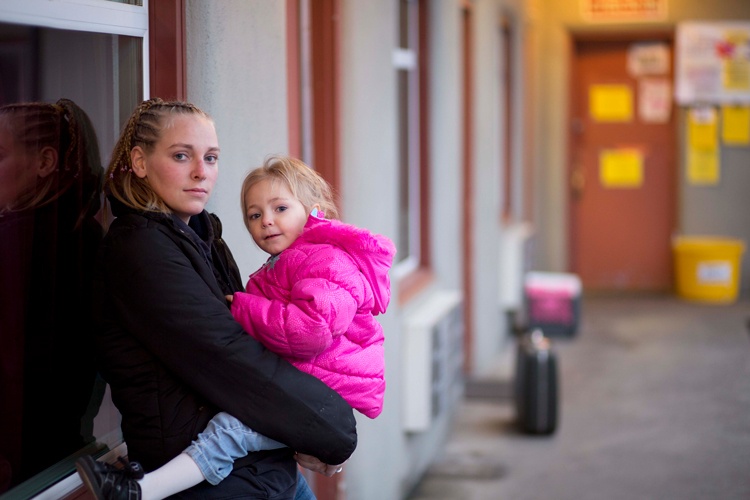
There was a brilliant study done a few years back. [Shanta R. Dube, MPH; Robert F. Anda, MD, MS; Vincent J. Felitti, MD; et al (2001). Childhood Abuse, Household Dysfunction, and the Risk of Attempted Suicide Throughout the Life Span. Findings From the Adverse Childhood Experiences Study. JAMA; 286(24): 3089-3096]
In the study, Kaiser Permanente in San Diego did wellness checks for everyone they insured … the healthy and the sick.
After the wellness checks, the patients were sent a survey asking about bad things that they may have experienced as children, called Adverse Childhood Events, or ACEs. ACEs included:
ACE studies have found that childhood trauma has profound effects on one’s future health and behavior.
If someone has experienced four ACEs, it doubles their risk of heart disease and cancer. It increases risk of suicide attempt by 1200%. It increases likelihood of alcoholism by 700%.
Someone who has experienced five ACEs is 7-10 times more likely to use illegal drugs.
It makes sense! Childhood trauma teaches kids early on that life is dangerous. The very homes that are supposed to be havens of happiness and support, instead are war zones. Their internal alarm is constantly getting tripped, knocking their Cerebral Cortex off-line, inducing extreme feelings of terror, but leaving few resources to deal with those overwhelming feelings.
Have you ever had a neighbor’s car alarm go off all night? You’re not even frightened, but you’ll still do almost anything to make that alarm go silent. You might scream out of the window or huddle crying under your pillow.
How much more unbearable it is for those whose internal alarms are constantly going off, accompanied by terror. As I John 4:18 (KJV) describes so accurately: “Fear hath torment”! We are going to look for any way to quiet the alarm.
Drugs and alcohol quiet that alarm and numb that terror. Sure, they have significant long-term consequences, but when we are operating in our limbic system, our Cerebral Cortex is off-line and we’re unable to think in the long-term.
That’s why treating drug and alcohol addiction and homelessness isn’t just about changing the behavior. It’s about helping to quiet that alarm in healthy, life-giving ways.
I’ve spent a lot of time focusing on how trauma can negatively impact the brain and the body and contribute greatly to addiction. But that is not the end of the story.
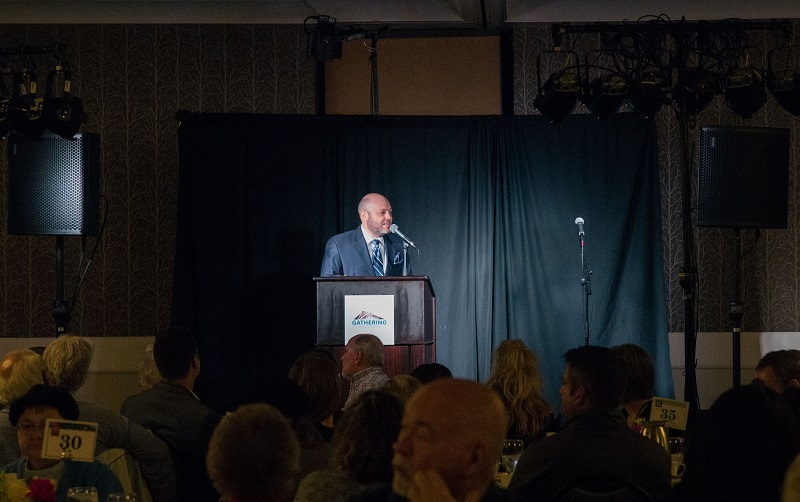
As we were shown by the brave folks who shared their stories at the Gathering, growth and healing can happen. We are naturally primed for resilience.
When we are willing to see the survivor in all of their goodness, their shame, the things that they are proud of, the things they thought they would never speak of – and then demonstrate genuine care, concern, love – then transforming work begins to happen.
Recently, I was given the opportunity to explore the main campus of UGM to experience the work that they are doing. We walked into the eye clinic, where I saw a man trying on new glasses in the mirror.
I will never forget his face! His eyes were lit up and he had a grin from ear to ear. It was evident to me that he was telling himself, “At least to these folks, I am worth it. I am a person worthy of examining, of talking to, of getting my needs met.” This is love in action.
I John points out that we can love because we are first loved by Christ. When we can see and understand the people we encounter, when we can demonstrate love and compassion, then we can come alongside them and help heal the consequences of trauma and provide our fellow, beloved humans with tools to make lasting and positive changes.
In UGM’s life-giving work, I hear the echoes of Christ as He declares:
“Come to me, all you who are weary and burdened, and I will give you rest. Take my yoke upon you and learn from me, for I am gentle and humble in heart, and you will find rest for your souls.”
Dr. Baird's presentation was only part of the Gathering program putting the spotlight on childhood trauma. Several former UGM residents shared their stories of trauma and how they experienced transformation at UGM. If you want stories like these from UGM, sign up for the Mission News!
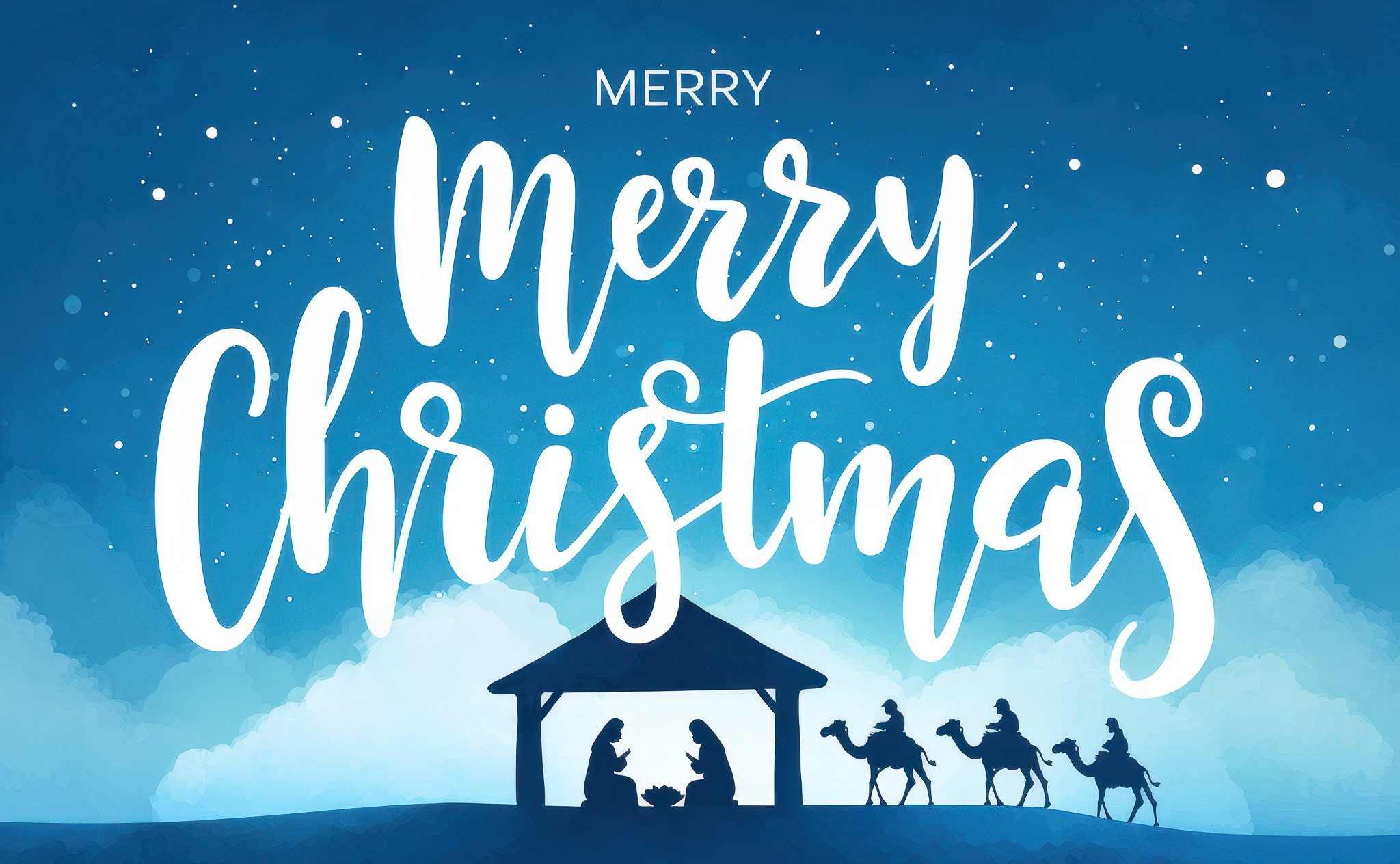
2 min read
“May the God of hope fill you with all joy and peace as you trust in him, so that you may overflow with hope by the power of the Holy Spirit.” —...
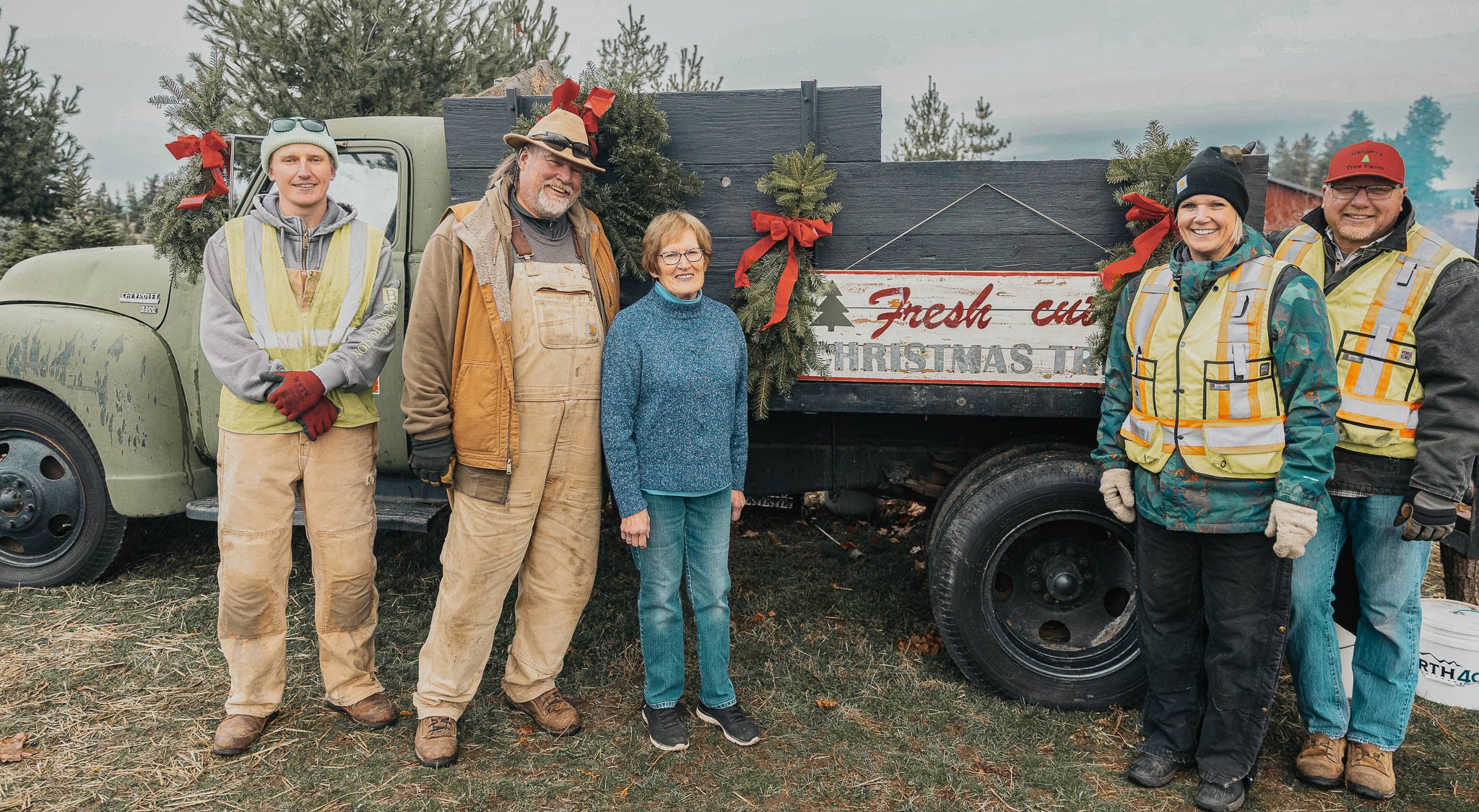
3 min read
Here at UGM, we are so blessed to have such incredible, generous partners, like our friends at Hansen’s Green Bluff Orchard! Having a heart for those...

2 min read
At Union Gospel Mission, healing often begins with looking back. As part of our Life Recovery Program, participants are invited to reflect on their...
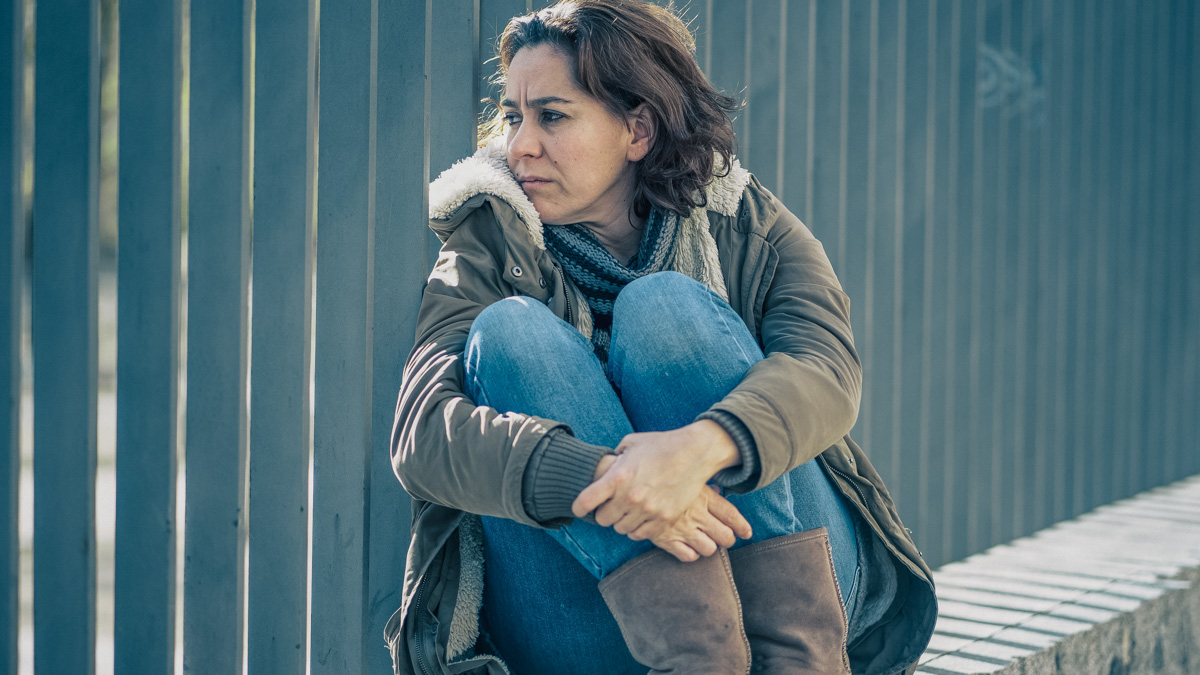
Underneath homelessness, we often find addiction and, underneath addiction, trauma. Trauma invades, wounds, hides and resurfaces, wreaking havoc...
.jpg)
My name is Guadalupe Granados. At 35 years of age, I feel like my life is just beginning. I’ve wasted so many years as a passive bystander,...

“If we are to love our neighbors, before doing anything else we must see our neighbors. With our imagination as well as our eyes, that is to say...